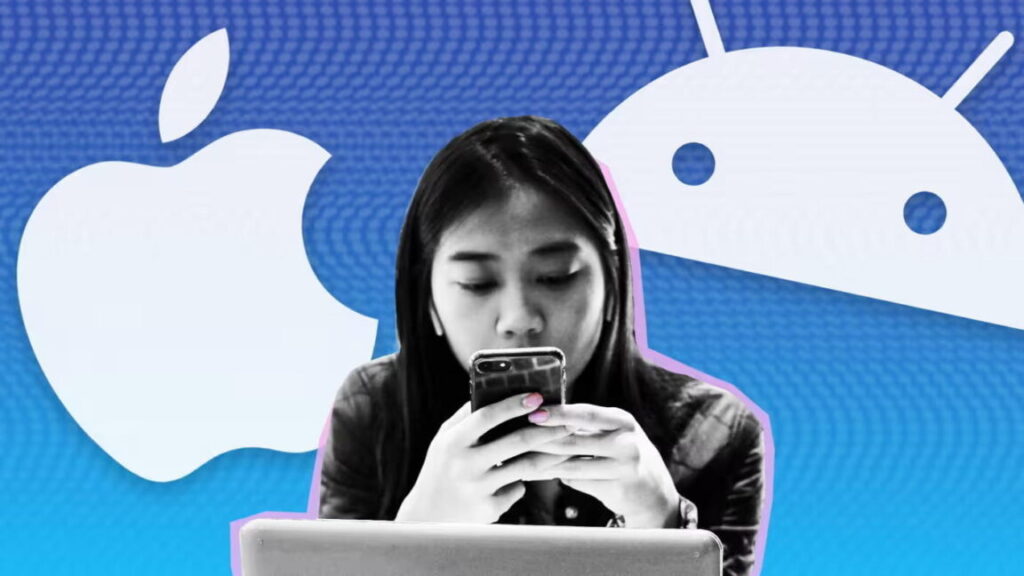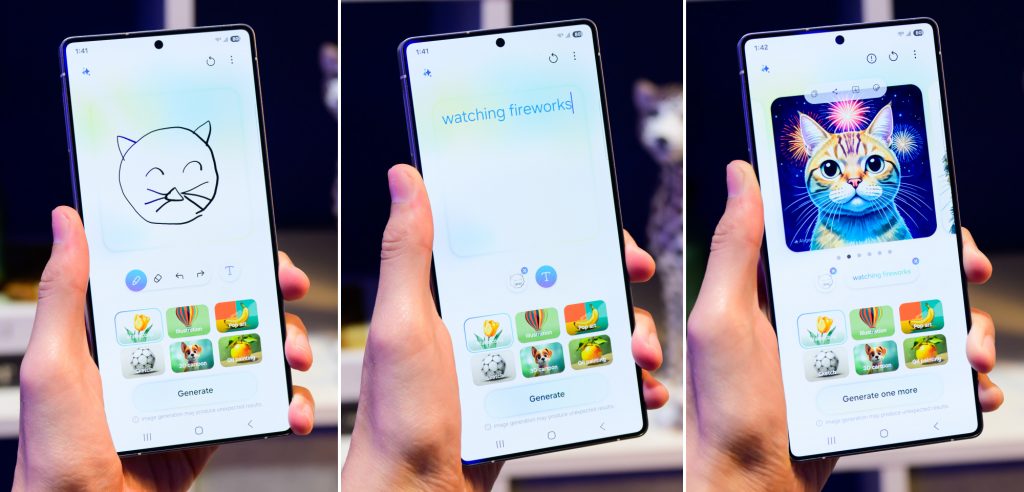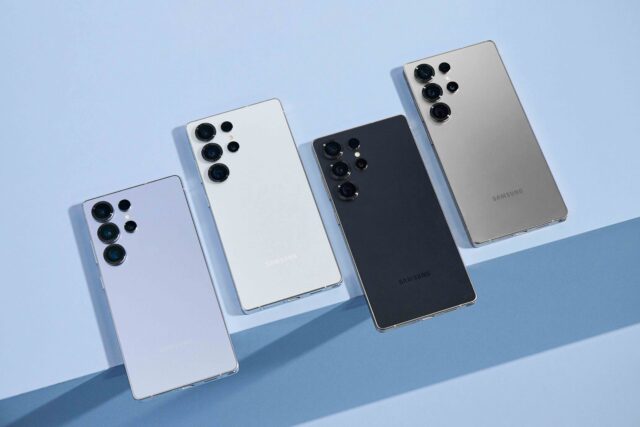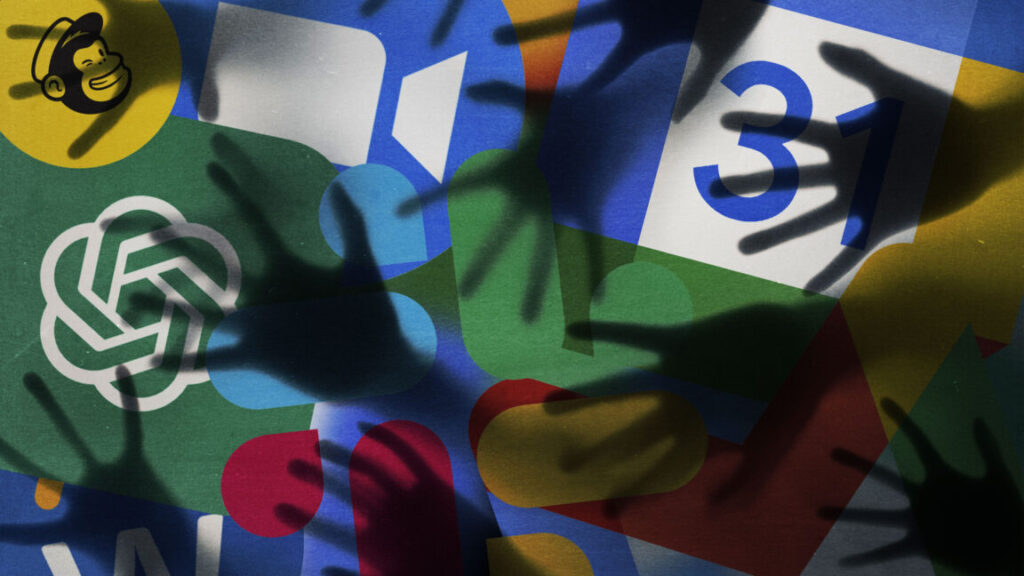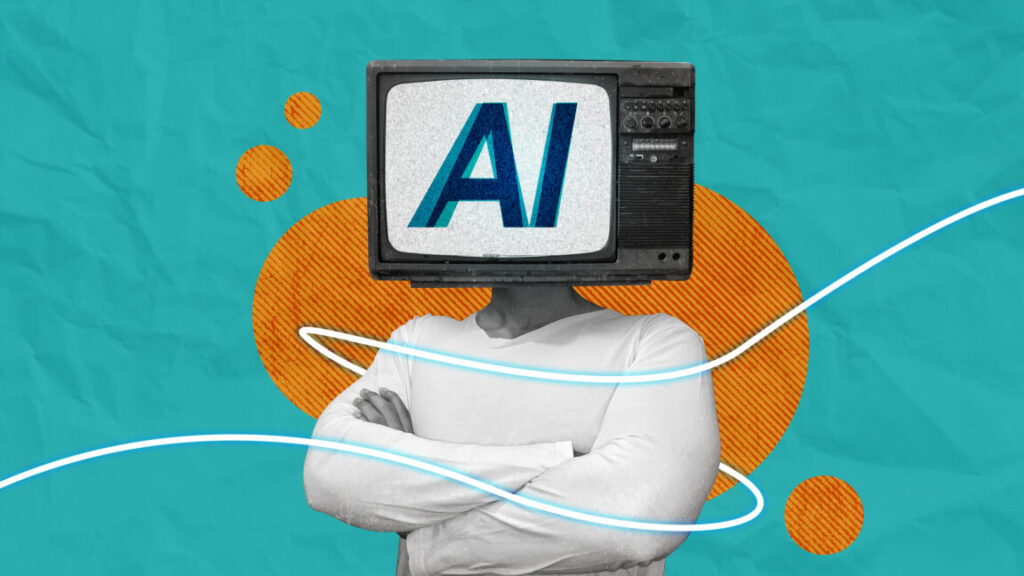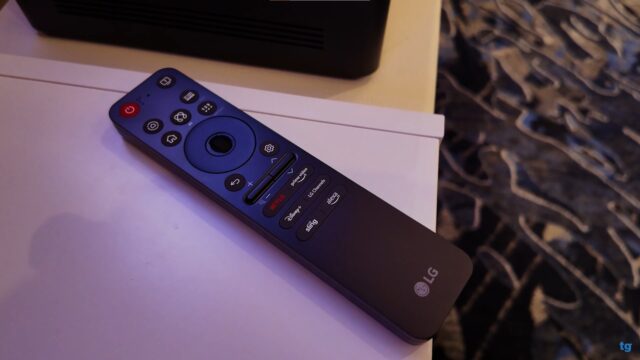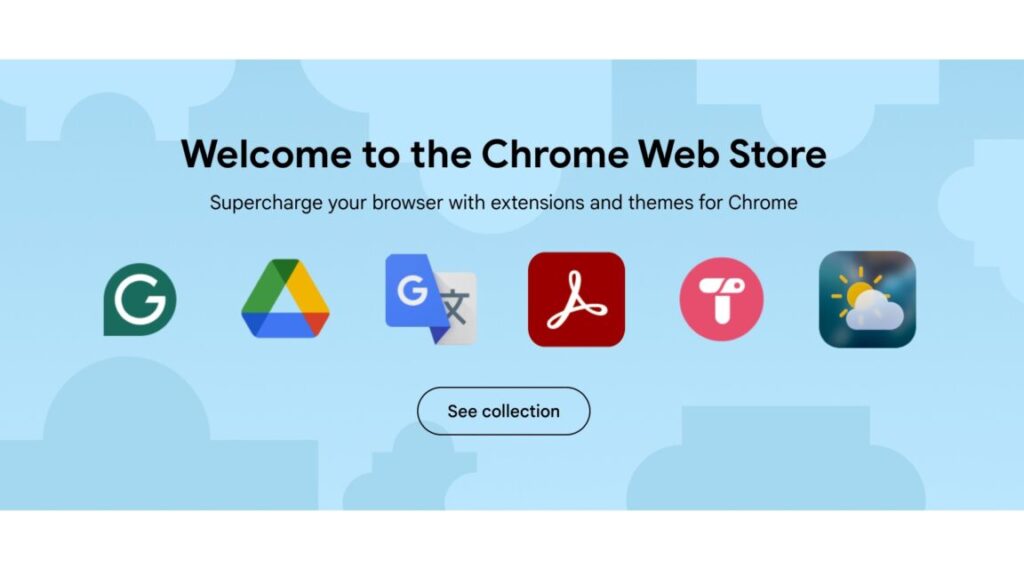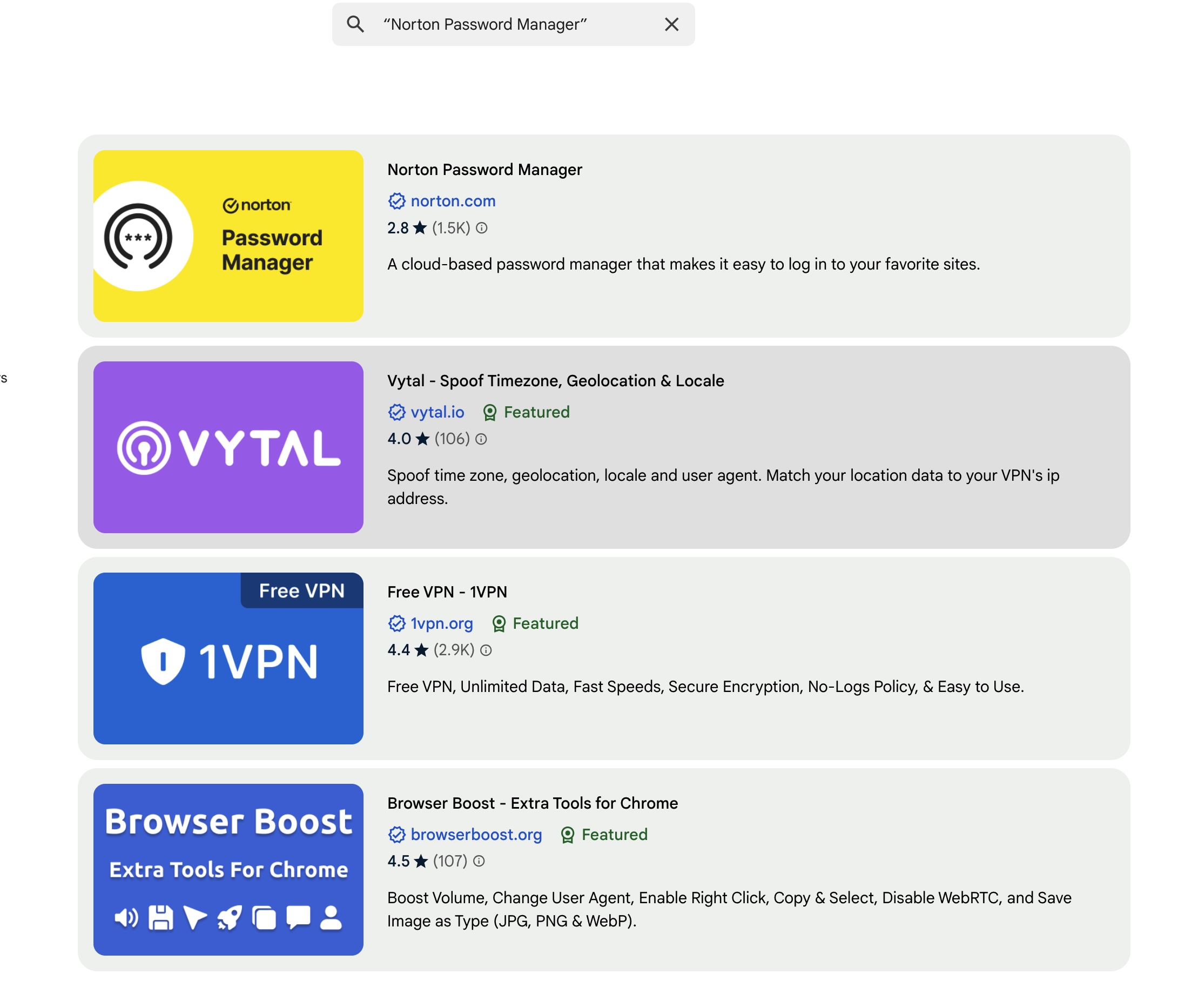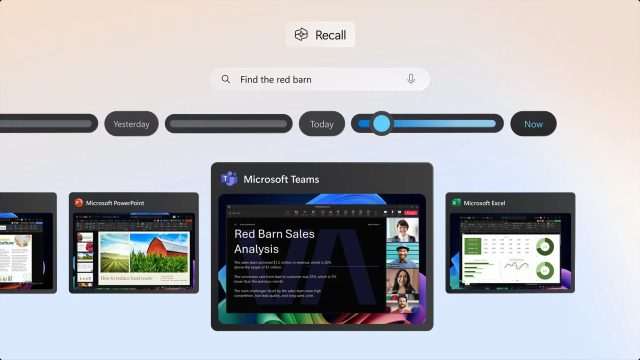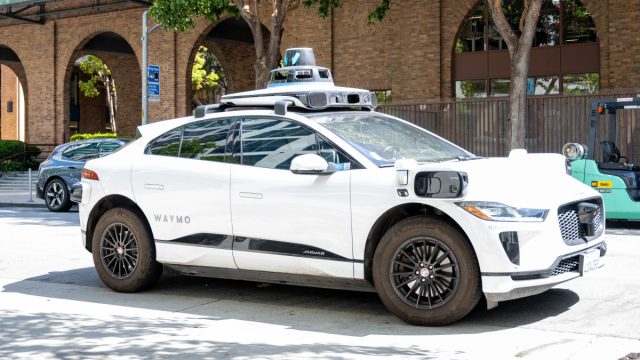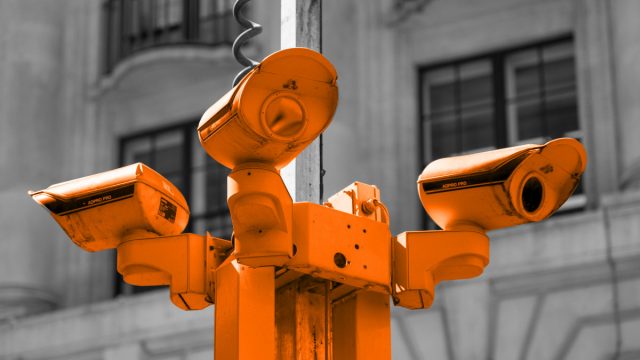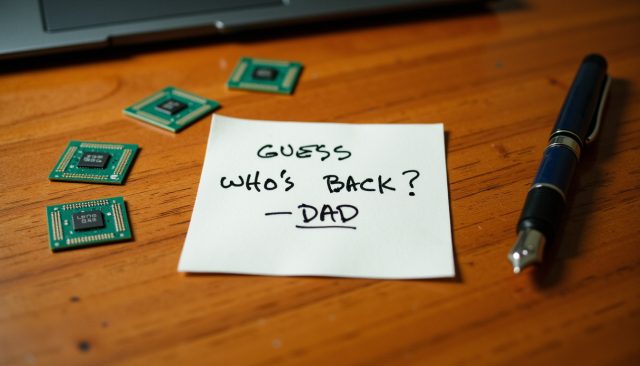UK opens probe into Google’s and Apple’s mobile platforms
Last week, the CMA opened its first such case, reviewing Google’s dominance in search and advertising.
The CMA is already in the process of probing Google and Apple in a separate investigation into mobile web browsers and cloud gaming, which has provisionally found the two companies were “holding back competition” in browsers.
“Android’s openness has helped to expand choice, reduce prices, and democratize access to smartphones and apps. It’s the only example of a successful and viable open source mobile operating system,” said Oliver Bethell, Google’s senior director of competition.
“We favor a way forward that avoids stifling choice and opportunities for UK consumers and businesses alike, and without risk to UK growth prospects,” he added.
Apple, which says its app platform supports hundreds of thousands of UK jobs, said it would “continue to engage constructively” with the CMA.
“Apple believes in thriving and dynamic markets where innovation can flourish,” the company said. “We face competition in every segment and jurisdiction where we operate, and our focus is always the trust of our users.”
The CMA’s probe will add to the worldwide scrutiny that both companies are already facing over their dominance of the smartphone market.
Apple clashed with Brussels several times last year over the implementation of the Digital Markets Act, making changes to its platform after the European Commission accused the iPhone maker of failing to comply with its “online gatekeeper” rules.
If designated, the UK’s “strategic market status” lasts for a five-year period, and companies can be fined up to 10 percent of global turnover for breaching conduct rules.
© 2025 The Financial Times Ltd. All rights reserved. Not to be redistributed, copied, or modified in any way.
UK opens probe into Google’s and Apple’s mobile platforms Read More »
